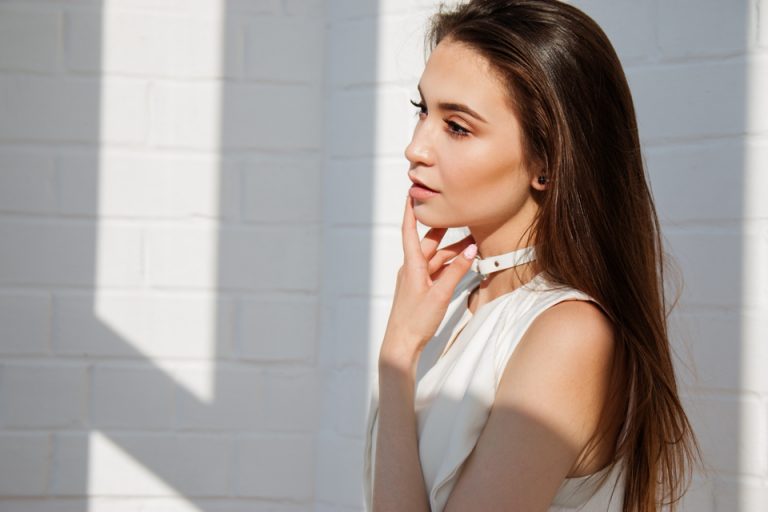Getting started in photography is easy. In fact, if you’re looking for how to get into photography, all you really need is a camera and a willingness to learn. This photography guide covers the basics of what you need to know to become a good photographer, then a great one.
As you get into photography, remember to evaluate your photography work with a critical eye and discard anything that isn’t good enough. Even great professional photographers may toss out 90% or more of the pictures they take, so don’t be afraid to imitate the photography experts when deciding what to keep.
What Every New Photographer Should Know When Getting Started in Photography
Here are the basic things you should know to get into photography. While you can get started as soon as you have a camera, these photography tips and principles will help you find your place as a photographer.
1. Expand Your Knowledge
Information is a crucial aspect of taking good photographs. As you get into photography, one of your most important jobs is learning how different things affect pictures. This includes everything in the basic photography principles section (explained in further detail below), as well as your camera, environment, and subject.
2. Experiment With Different Photography Styles
There is an incredible number of different ways to be a photographer. Some people focus on portraits, while others do landscapes or drone shots. Some people do close-up macro photography, and other people travel to dangerous zones around the world to collect photos for news companies.
You don’t have to go far from home to get into photography, but make sure to experiment and find out what sort of pictures you enjoy taking the most. This will make things significantly easier for you as a beginner of photography.
Aside from helping you find out what type of photography you like, whether macro photography or any other photography style, the experience of taking so many types of pictures will be useful in the future.
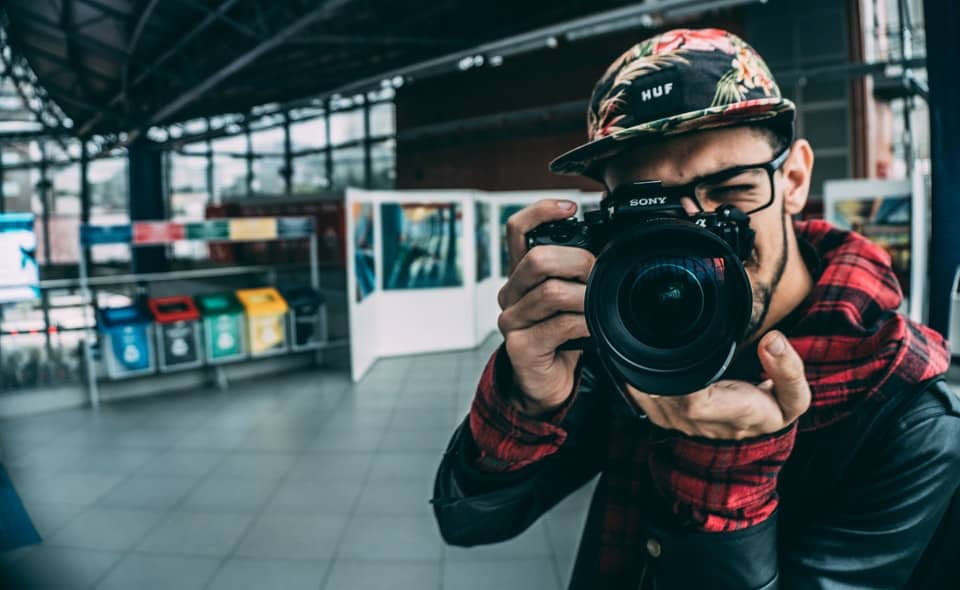
3. You Need To Invest in Photography for High-Quality Images
You can take a few photos with your smartphone or tablet, but for serious photography work, you must make an investment. Between cameras, lenses, memory cards, carrying gear, and various other photography accessories, you can spend thousands of dollars in Photography just getting ready to start.
This is why I recommend starting with a small investment in your photography equipment, such as a point-and-shoot digital camera with zoom and other basic photography features. Just make sure you get the investment right the first time.
These usually cost about the same as a smartphone for a decent point and shoot, entry-level camera, and they are the best way to get hands-on photography experience before you start investing in more expensive photography equipment.
That said, photography is a world where you get what you pay for. High-quality lenses and cameras do make a difference in the final pictures you get, so if you’re looking to work as a professional photographer, you’ll need to make the investment and get the right photography gear.
4. Editing is an Important Step of Photography
Post-processing is a photo editing phase of photography where you change up a picture to get the result you want. Photo editing is not inherently a bad thing or some kind of falsification of your photography work.
While there’s something to be said for purely-natural images, post-processing can help you smooth out blemishes and create pictures that would otherwise be impossible.
Do not be afraid of post-processing your photos to make them better. It is a common and widely-accepted practice in photography, especially when you’re working for customers who care more about the final quality of the images than anything else.
5. Creating Depth Makes You a Better Photographer
Depth is a crucial aspect of good photography, and it doesn’t refer exclusively to having a foreground and a background. Depth is a broader photography concept that also addresses the subject matter and encourages people to get the idea as soon as they look at your photography artwork.
Great photographers often try to tell, or at least imply, a story in each photo. A photo of two animals fighting over food, for example, is far more exciting and dynamic than a photo of the same two animals just sitting there.
There are many ways to add depth to your photography, from changing the focus to adding a touch of humanity. In general, the more depth you add when you take a photo, the better.
6. Never Stop Learning More About Photography
Learning is essential to great photography, even if you already have years of photography experience. Continual learning will help you develop new photography techniques and broaden your portfolio, both of which are essential for professionals.
Selecting the Right Camera Equipment for You
The best camera equipment for a newcomer is an all-in-one camera that you can use for digital photography. Almost all photography is digital these days, by the way. Classic Polaroid-style cameras still exist for special situations, but professionals almost exclusively stick with digital.
If you decide you want to continue as a photographer after learning the basics, you can invest in pro-grade equipment. How far ahead you should plan depends on your personal finances, but I recommend spending several months with your first camera and saving up money for professional gear at the same time.
If you decide to continue, you’ll have a nice pile of cash ready to help you get started. If you decide that it’s not right for you, then you’ll still have a nice collection of money you can put towards a different hobby. Either way, it will be useful.
What Should Every New Photographer Learn?
I want to say “everything,” but in all seriousness, there are two basic categories that you should learn when deciding how to get into photography: the basic principles of taking images and the best camera equipment and settings.
Learning the Basics of Photography
Here are some of the basic principles of photography you’ll want to learn. Keep in mind that one way to truly understand most of these is by doing. You can attend some beginning photography classes if you want to, but that’s not necessary. It’s possible to self-teach photography for the beginner with enough resources.
The Three Factors of Exposure: The Triangle
The exposure triangle is a combination of three photography factors: the aperture, shutter speed, and ISO. I’ll discuss each of those in more detail below. What you need to know about this triangle is that changing these camera settings is essential to taking the best possible photographs, and changing one usually requires changing at least one of the others as well.
Aperture
Aperture determines how open the lens of your camera is, and this has a significant effect on digital photography. Wider apertures are more suitable for low-light situations where you need as much lighting as you can get. Smaller apertures are better for illuminated areas where you don’t need as much extra light.
Shutter Speed
Shutter speed determines how long the lens of a camera stays open. Just like aperture and ISO, this has a significant effect on your photography. An photo records everything that happens while the shutter is open, so leaving it open too long can create blurriness. However, some photographers do this intentionally with certain elements of a picture.
ISO
ISO is the last component of the exposure triangle used in digital photography. This is the image’s sensitivity to light, and you want to control it to adjust the final image. A high ISO allows you to take a picture with less light, but it also increases digital noise and reduces detail. A low ISO means you need more light but offers a sharper image.
In general, you want your ISO as low as possible. However, there are times when increasing it is the only option to take a good picture, so be sure to practice with it.
Perfect Exposure Takes Practice
Exposure is by far the most essential part of taking a great image. Experienced photographers instinctively know how to adjust each of the three elements of the exposure triangle for a given situation, but for beginners, there’s no substitute for experience. The best camera and lens in the world can’t make a photo look good if the exposure settings are bad.
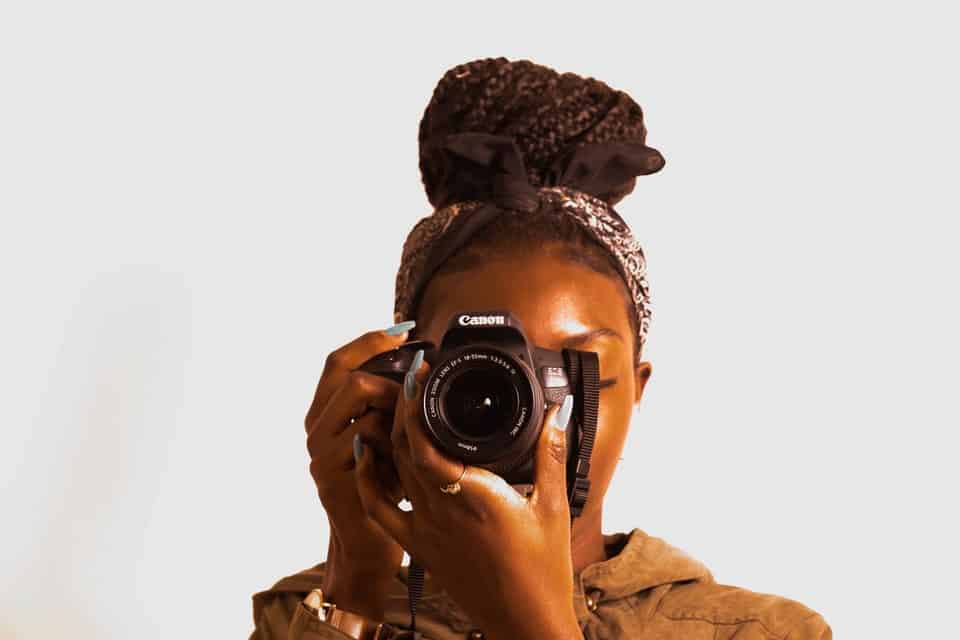
Paying Attention to Light
Light is a necessary element of photography. All cameras work by recording the light that reaches their sensors, and when there isn’t enough, they need support from flash devices. However, too much light can brighten an image and make it look washed-out or even impossible to discern details in.
Pro Tip: The Rule of Thirds
The rule of thirds is the idea that photos should be divided with two horizontal and two vertical lines, and particularly important elements should be centered on one of the four intersections created by the lines. This rule is so common in photography that many cameras can display a nine-square grid onto their visual areas to help you manage it.
Consider Triangles in Your Composition
Triangles can be many things, ranging from light sources visible in the photo to implied triangles created by multiple subjects within the image. Between this and the rule of thirds, the idea of having three of something in pictures comes up a lot in photography.
Finding the Right Balance
Balance is a photography technique that focuses on giving two or more subjects equal weight within an image. Many pictures use eye-lines and visual weight to highlight a primary subject, but there are times when you want to avoid this.
For example, families asking for photographs may want everyone in the photo to be given equal value when people look at the picture.
Achieving balance in a photo takes practice, so photographers often start with single-focus images before moving on to multi-focus images.
The Elements of Your Composition
Composition consists of various elements in a picture that help it stand on its own merits as a work of art. Elements of composition can include textures, colors, patterns, symmetry or asymmetry, depth of field, lines, curves, and many other potential aspects of the image.
Photographs usually turn out best when 1-2 elements of composition serve as the focal points of the picture. While a good or even great picture could have more than this, it’s difficult to have too many elements in a photo without making it look cluttered. Great photography usually minimizes such clutter.
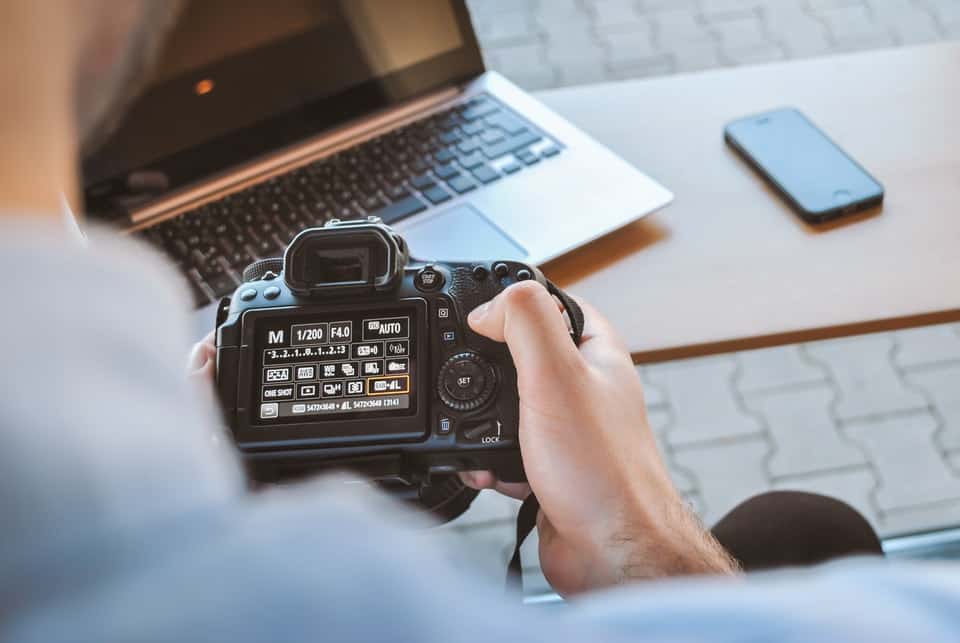
Getting to Know Your Camera
Up to this point, we’ve talked about what it takes to compose and take a photograph. However, taking a great photo requires more than understanding what would look good. It also requires understanding your camera and its many settings. When learning how to get into photography, this is just as important as the basic principles of photography.
Metering Modes
Metering modes evaluate the amount of light entering your camera and determine whether or not it is suitable for the photo you want to take. By telling you if you need to raise or lower the light, which can often be done by changing the exposure triangle settings, these modes help ensure you take photos that are fantastic every time.
Near and Far: Depth of Field
The depth of field is the distance between the closest and the furthest objects in the photo that need to be sharp. Having two subjects about five feet from each other in your photo is very different from, say, having a person right in front of you and a mountain several miles away.
Commonly Used Shooting Modes
Modern cameras have a variety of shooting modes, but several options are particularly common. These include:
- Auto: The camera attempts to determine the best settings on its own; this is ideal for amateurs and if you don’t know what to set it to
- Portrait: Portrait photography mode focuses on a subject in the foreground and blurs the background
- Macro: Macro modes are for shooting very small subjects, usually from extremely close up
- Landscape: Landscape photography modes are for shooting broad scenery shots with even sharpness across the full width and depth
- Sports: Sports modes are for capturing fast-paced events, and relies on high shutter speeds to work
- Night Portrait: This mode is less common, but tried to create a lighter foreground balanced against a dark background
- Manual: The complete opposite of Auto; this mode requires photographers to set every setting first, then take the picture
- Aperture-Priority: In this mode, photographers can set the aperture value first, and the camera automatically selects a shutter speed based on that information
- TV: The opposite of Aperture-Priority; this mode selects the shutter speed first, and the camera then selects the aperture
Amateur photographers often start with the Auto, Portrait, and Landscape photography modes before experimenting with other shooting modes. Not all cameras have all modes, so consider which type of photography you want to take before getting a camera.
Adjusting Color and Quality with White Balance
White balance helps adjust for the color and quality of light entering the camera. The human brain is exceptionally advanced at processing color, and it goes so far as to create colors to fill in the gaps where it thinks they should be. Mechanical devices like cameras can’t do this all on their own, so they need to do extra work to balance out how the colors of light appear.
Zoom Level: Focal Length
You’ll also need to learn about f-stop and focal length. The focal length determines the distance between the photo sensor and the lens while the subject of the photo is in focus. Some people refer to this as the “zoom” level of the camera. A short focal length equals a wider picture, while a long focal length covers a much smaller area in greater detail.
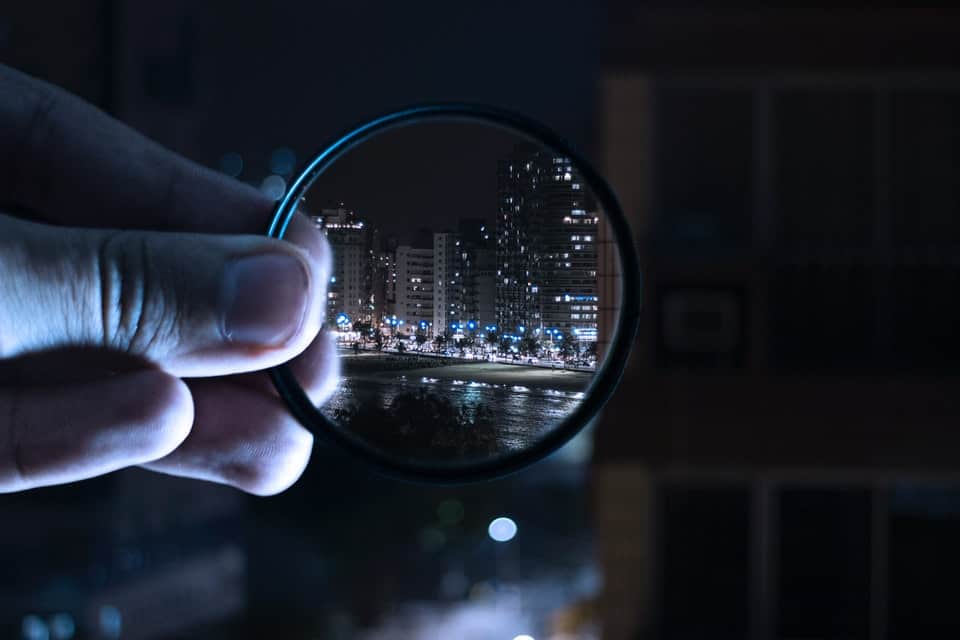
A 50mm Lens: The Nifty Fifty
The “nifty fifty” is a 50mm lens (hence the name) with an aperture speed of at least f/1.8. These are affordable, simple lenses that are good at both street and portrait photography, which makes them ideal for beginner photographers.
Unless you want to focus exclusively on wide-angle shots like landscape photography, I recommend making one of these your first kit lens purchase.
Observe Your Environment
Now that you know more photography tips for beginners and more information about your camera, let’s review a few other details about photography.
First, study your environment before you get into photography. Once you know the type of environment you’re in, you can start adjusting the camera settings and composition of your photos.
What’s Your Niche and Personal Style?
Similarly, as an amateur, it’s important to find out what type of photos you enjoy taking. Many photographers have a personal style; that is, they have a type of photograph they excel at taking. Once you know what types of photos you enjoy, you’ll want to learn photography tips on how to take great photos in that category.
Take Editing Photography Tips from the Pros
Photo editing helps produce the best possible pictures. When you do photo editing like a professional, you can create finalized pictures that are as good as they can be, not merely as good as your camera allows.
Networking is a Must for Pros
Networking is essential when determining how to get into photography as a professional. Many of your potential customers will come through networking, so this is the type of thing you cannot slack off on. This isn’t necessary if you want to take photographs exclusively as a hobby, though taking a little paid work can mitigate the costs of your equipment.

Create a Versatile Portfolio
A portfolio is a collection of your best photography work, and it’s the type of thing every great photographer has. This is one of the things that will convince potential customers to hire you. Limit your portfolio to 8-12 pictures, ideally of different subjects and styles.
Choosing Your Photography Career Path
As a beginner in photography, you can pick almost any career path if you work hard enough.
By Contract
Contracted photographers are essentially the top of the field. In this role, your full-time job is to provide photography services for your employer. This could range from traveling with a news crew to taking professional photographs at events. Contracted photographers usually have many years of experience in photography and own a wide variety of cameras and accessories.
Working Out of Your Home Studio
Home studios are for taking pictures solely within the confines of your house. This is useful for several different types of businesses, including makeup and fashion artists who want to demonstrate using specific products. Many people with home studios don’t focus exclusively on photography as a career.
Freelancing
Freelance photographers work independently to find customers looking for photography services. This isn’t as stable as contracted work, but with sufficient networking, it’s possible to earn a living exclusively from photography.





![Portrait Camera Settings: Getting Great Shots Consistently [2020 Update]](https://colesclassroom.com/wp-content/uploads/2018/01/Port1-1-of-3-768x440.jpg)
